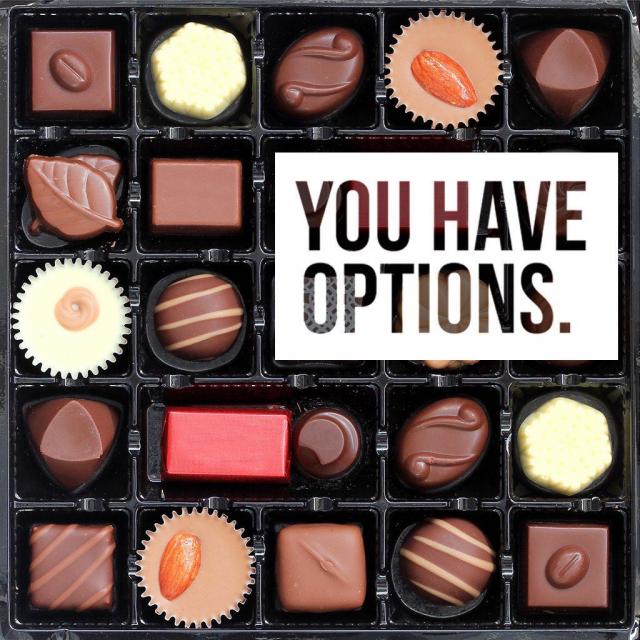Triggers are one of the biggest challenges smokers face when trying to quit. Knowing what to expect and how to deal with them can help you stay on track.

A trigger is something that makes you want to smoke. It can be a stressful situation, sipping coffee, going to a party, or smelling cigarette smoke. Different people have different triggers, and there are some triggers that have a bigger effect on women than they do on men. Knowing your triggers can help you control cravings and make it less likely that you will smoke.
Emotional Triggers
Feeling intense emotions, either good or bad, can make you want smoke. These emotional triggers are common among all smokers. Women, more than men, are more likely to want to smoke when they experience negative emotions—like sadness, anger, frustration, and stress. This means that bad moods and stress can make it harder for women to stay smokefree.
Smoking may help you feel better, but it will only be temporary. It won’t make whatever is bothering you go away for good. There are ways you can manage your stress and mood without cigarettes. Learning healthy ways to handle these emotions is important for preventing slips and relapses.
Environmental Triggers
When you stop smoking, you also have to get used to dealing with the things around you that remind you of smoking. Environmental triggers can be related to activities you do every day or in your social life. These reminders can be a trigger for any smoker, but they may affect women more than men.
Pattern Triggers
A pattern trigger is an activity where you typically include smoking. Some examples of these include:
- Drinking alcohol or coffee
- Watching TV
- Driving
- Finishing a meal
- Relaxing after having sex
One way to beat pattern triggers is to break the connection to smoking by replacing it with another activity. Try changing your routine or finding a non-smoking replacement, like chewing gum or eating sugar-free candy.
Social Triggers
Social triggers are events or activities where other people are smoking. Here are some examples:
- Going to a bar or concert
- Going to a party or other social event
- Seeing someone else smoke
- Being with friends who smoke
- Celebrating a big event
You might be worried that you won’t be able to stay smokefree with all the things that remind you of smoking. But there are small steps you can take that can help a lot. Start by telling your friends and family about your decision to quit. Ask them for their support and to not smoke around you. When you first quit, it is best to avoid places where people smoke. But over time, it will get easier to be around smokers.
Withdrawal Triggers
If you’ve been a long-time smoker, your body is used to getting nicotine from cigarettes. When you quit, withdrawal symptoms will make you want to keep smoking. Some examples of withdrawal triggers include:
- Craving the taste of a cigarette
- Smelling cigarette smoke
- Handling cigarettes, lighters, and matches
- Needing to do something with your hands or mouth
- Feeling restless or having other withdrawal symptoms
There are ways to deal with withdrawal triggers. Distract yourself by finding something to take your mind off the craving. Try nicotine replacement therapy (NRT) like nicotine gum, patches, or lozenges. Teens, women who are pregnant, and people with severe medical conditions should talk to their doctor before using NRT. Learn more about medications and other quit methods.
Visit Smokefree.gov to learn more about common triggers and get tips for managing them.






